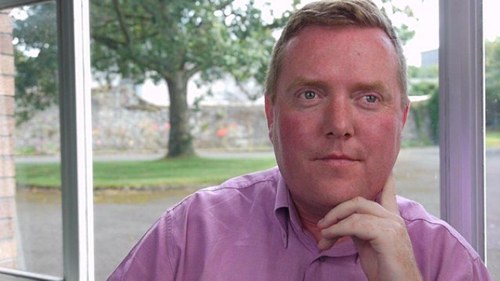In the secular world, mindfulness is much embraced and practiced. Personally, I find it difficult to differentiate between practicing mindfulness and prayer.
Prayer and meditation similarly are extremely nourishing and beneficial to our mind, body and spirit.
Prayer is the language of the soul, it’s often in the stillness of our contemplation that God’s Amazing Grace can pour hope, light and energy into the depth of our humanity. The following suggestion that is tried and tested for centuries by the great St. Ignatius.
There are normally three parts:
1) Entering – trying to get some inner stillness and get ‘out of our heads’ or thoughts.
2) Praying with my desire – As God is in our deepest desires, this longing can help us connect.
3) Exiting – Reviewing what has happened and making decisions.
Here are some suggested steps for a 15-20 minute session, well worth a practice, especially during these summer months when we are all invited to relax and recreate.
1 – Entering
Find a quiet place where you won’t be interrupted if possible. Believe that you are ‘looked at’ or in the gaze of God; this helps to take the focus off ourselves and to accept the reality that we are infinitely loved and forgiven, which is transformative.
Ask for what you want. In Ignatian language it’s known as ‘asking for a grace’. It’s a simple step but has a big impact, it gets you in touch with your desire.
Something like, “help me be still within and listen”, “show me a solution to this problem I’m wrestling with” or even “help me face this awful situation”.
2 – Praying
Being real with God. Take a moment to review how you are at this moment, physically, emotionally and spiritually. Imagine how God looks at you; this is the way the Father receives the prodigal son, the way Jesus greets those who are suffering or in trouble, how a mother looks after her child.
Remember that for the first 10 minutes or so, it can seem like a waste of time, you can be tortured by stress or thoughts going through your head and you have to trust that things will improve.
Again, it helps to make a prayer of this: “help me to get calm, I need a break”.
Imagine if you could talk to God or Jesus face to face, what would you say, what is it that you really have to get off your chest, what do you want for your life (your heart’s desire)?
Then listen, conversation is always two-way, so listen to what words are being spoken to you; what is the message of love or compassion you need to hear?
Stay with the conversation as long as it works for you, then take your leave knowing that you can always come back to this moment.
3 – Exiting
Finish by being grateful for the prayer (sometimes you have to work at this but there is always something that is helpful).
Review how this prayer went and what helped and what didn’t, figure out what you would change for next time (e.g., a different place, spending more time, earlier in the day etc.).
Work out if there is any practical decision you have to make. Commit yourself to another session soon. Build it in as a regular part of your life, a recovery space.
“Prayer is a surge of the heart, it is a simple look turned toward Heaven, and it is a cry of recognition and of love, embracing both trial and joy.” – St. Therese of Lisieux
SEE ALSO – LaoisToday launches digital subscription model for sports coverage























